Since the early days of film in photography, when things happened due to the beauty of chemistry, black-and-white photography has been far more permissive when compared to color photography. It is highly permissive when cranking certain limits – from chemical temperatures to contrast in the final image. Nowadays, that peculiar nature of the format continues to be pretty much the same. The only difference I can see is that now all the tricks happen in post-production. Before our digital era, it was a matter of choice – and after the arrival of color film; prior to that moment, it was the only way of making photographs, period.
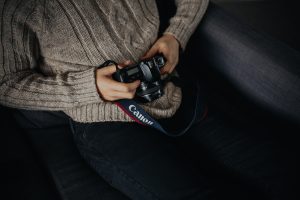
Black-and-white photography allows anyone to subtract any distraction that an image may have in its color version to deliver the image’s message in a more efficient way. That is why many photographers decide to work in monochrome – because they have they have a specific intention they want to convey. As a street photographer, black-and-white is one of my best allies because the colors of the street are very difficult to control and often distract the viewer from the precise message or story. There are many great masters of color street photography – such as Saul Leiter or Helen Levitt – but hopefully we can talk about them and others another day.

Sometimes the generosity of the monochrome format is often misunderstood and abused. This happens when the intention behind the decision to create a black-and-white image is not fully understood. In order to make images that show the monochrome format in all its splendor, it is necessary to avoid the following bad practices – or even failures – in terms of photography.
- Shooting Directly In Grayscale Mode
Before judging me, I know that some cameras allow shooting RAW files in monochrome that can later be turned back into color. But this technology is not available for everybody.
I know it sounds obvious to advise to shoot in RAW mode, especially after the bloom of countless excellent tutorials that explain the great benefits of shooting in RAW. But the truth is that before understanding these benefits, you may have already made important images that have the potential to become wonderful works of photography. The sad thing is that the JPG images in black-and-white may look good on the LCD screen on your camera, but they will lack enough information to work things out extensively in post-production.

Digital photography allows you to photograph any scene in color, and then you can decide whether it looks good in color, or in black-and-white, without much hassle. One of the best ways to start developing a RAW file that you have decided to develop in black-and-white is by tweaking the contrast settings in the color channels. The color image is translated into a greyscale by keeping all its tonal information, and in this way the contrast can offer a more pleasing result than those produced by the harsh ways of contrast and clarity.
I started taking pictures with a camera that didn't allow shooting in RAW format. But I have many images I took in my early career that I would at least want to have in color in order to manipulate the contrast in a more pleasant and natural way. This is the main reason why I recommend abstaining from the creative modes offered by cameras and shooting the scenes directly in color (and in RAW).
- Trying To Fix Exposure Mistakes By Converting Images Into Black And White
For a long time I have seen people abusing the generous nature of black-and-white photography. And thanks to a visual inconsistencies in some photo albums (especially in wedding photography) I have been able to appreciate that black-and-white photography has been used as a “savior” resource when an image does not turn out as expected. Light situations are complicated in terms of color temperature, but that can be fixed with patience by working with the white balance settings in any RAW software. That may not always be the problem, but some photographers often use black-and-white photography as a resource when an image has had to be exposed beyond the capabilities of the camera.
Black-and-white photography must be justified now that we produce color images first, then transform them into monochrome versions of what our camera's sensor captured. The photographer's decision should not remain at the superficial level of “I like how it looks, so I'll leave it like that”. There should be a deeper commitment to the intention of the photograph in this format, and that is why the decision must be – at least – slightly justified by the value it brings to the image.
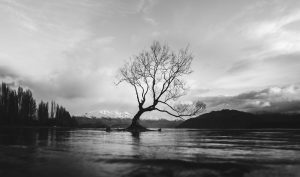
So, black-and-white photography is not just only about desaturating and playing around with levels and stuff. There is a whole aesthetic and look that every committed photographer who has a passion for monochrome will eventually master over time.
Just because photography started out by producing monochrome final products, it doesn't mean that the introduction of color rendered black-and-white old or obsolete. These formats are just two ways of rendering reality, and I'm convinced that they both can coexist. Digital photography has changed the way we create black and white photography. Beyond knowing how to execute the simple technique of converting a color digital file into a monochrome final image, what every photographer should strive for is the internal voice that tells them what their images must possess after making the aesthetic decision to deploy them monochrome. The important thing really is not “how to take black-and-white photographs”, but rather to know “when and why” a photograph should be shot or shown in black-and- white.



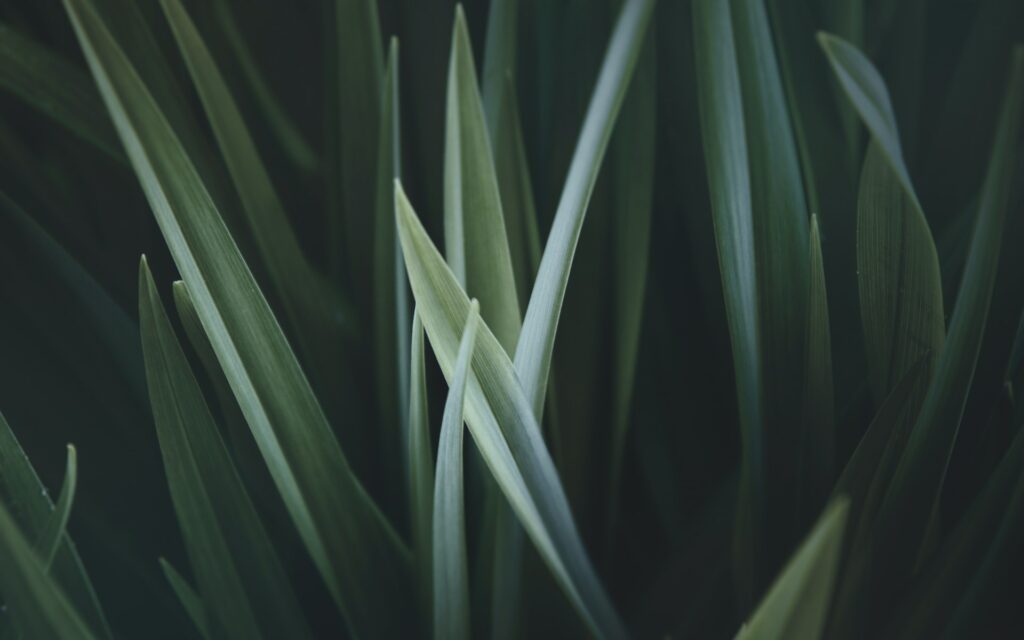
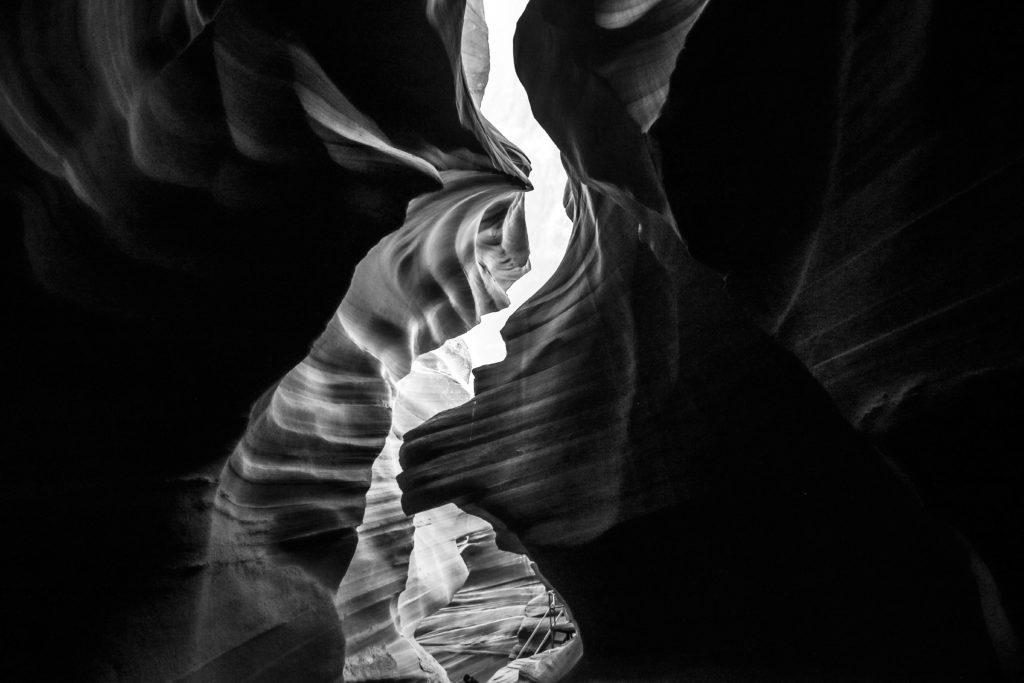
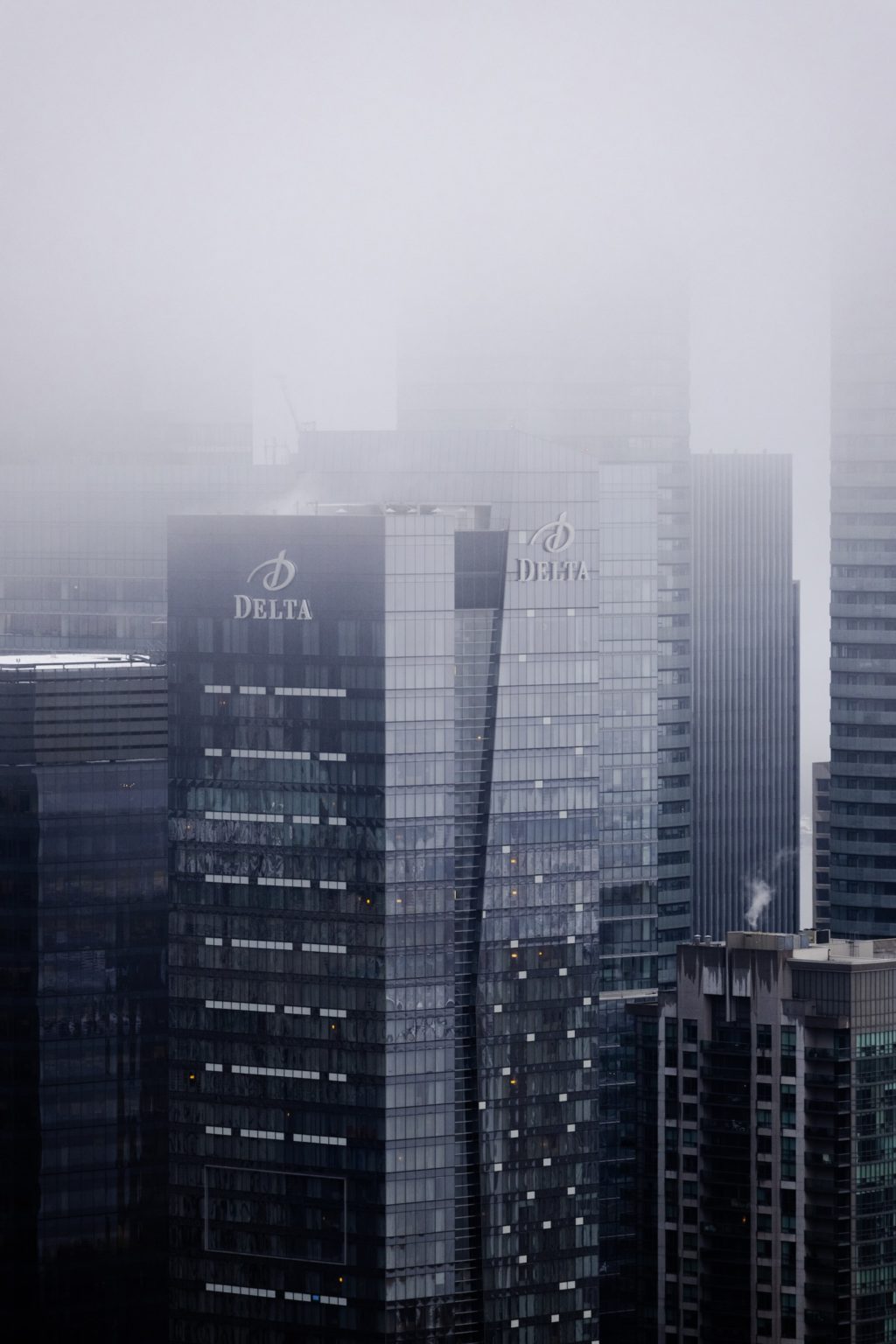
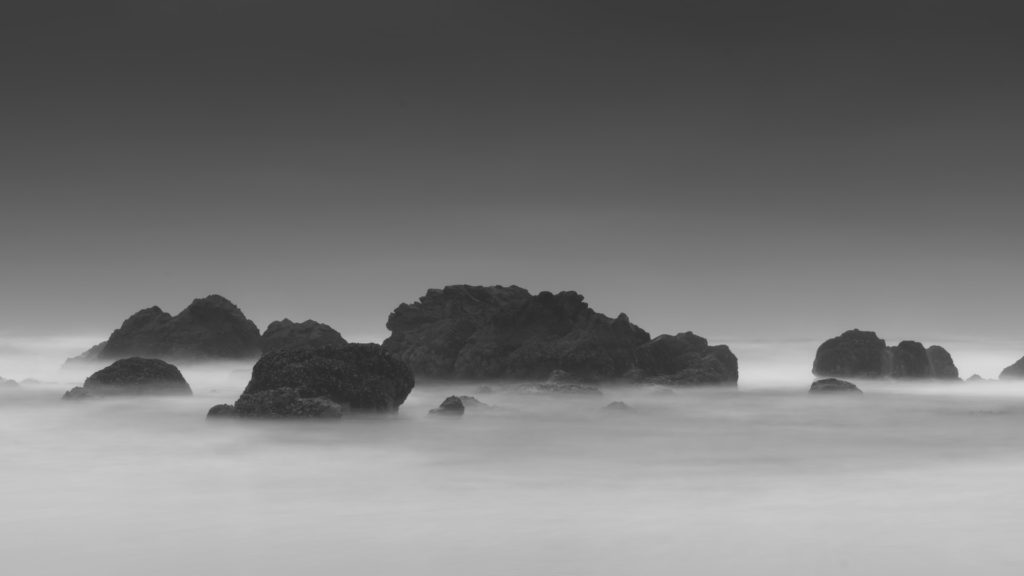
7 Comments
Federico, I think if anyone wants to take black & white photos, they should be honest enough to TAKE them as b&w in the first place. Not rescue dud digital colour photos by seeing if it’s possible to recycle them as b&w. I know it’s technically possible, but it’s like some of those extreme manipulations that some people engage in – a practice that’s almost made “Photoshop” a dirty word, in some people’s minds.
When I started, you had basically two choices – Kodacolor slides or black & white prints. I always felt that Kodacolor was rather garish, so until I later discovered Eastman colour negative film and Agfacolor, I shied away from it. Black & white was not always as generous as some people imagine, and I often found myself using magazine backs with different b&w films in them, to cover different situations & different lighting conditions. A higher contrast film could just as easily blow out the highlights as digital images can, but on the other hand it played an important role in flat lighting conditions. And of course you could do the opposite with a lower contrast film.
Sorry Mate, but times have changed now, and black and white photography is a choice that must be taken after, and its aesthetic will depend on the available information in color.
I shoot film, don’t get me wrong, I understand your point, but this article was intended for the times we are shooting with sensors (unless you have this badboy .
Must ? Really ?
Not everyone can ‘see in black and white’ and therefore the b/w modes such as in my Pen F are helpful for composing and exposing a great b/w image. Yes, exposing, see if you are skilled enough to get it right in camera your rule #1 is no longer a rule. I shoot in RAW on my FF Canon gear all the time and do b/w conversions quite frequently but seeing it in the EVF is a joy for certain scenes.
Yup, but speaking in general, the 100% of cameras available aren’t capable of that Mate.
My brother was a professional photographer and one of the most important things he taught me about black and white photography was the importance of the shot containing a true white and a true black. Over the years my best black and white photographs are the ones where I remembered his teaching.
For my own, I use directly infrared photography. My old Sony Nex 3 has been converted with The Ultra intern Color filter (590nm) nd usually I add an extern filter (920nm). For the pos-editing I work with Silver Efex Pro 2. So, I obtain the black and white photos that I am looking for.